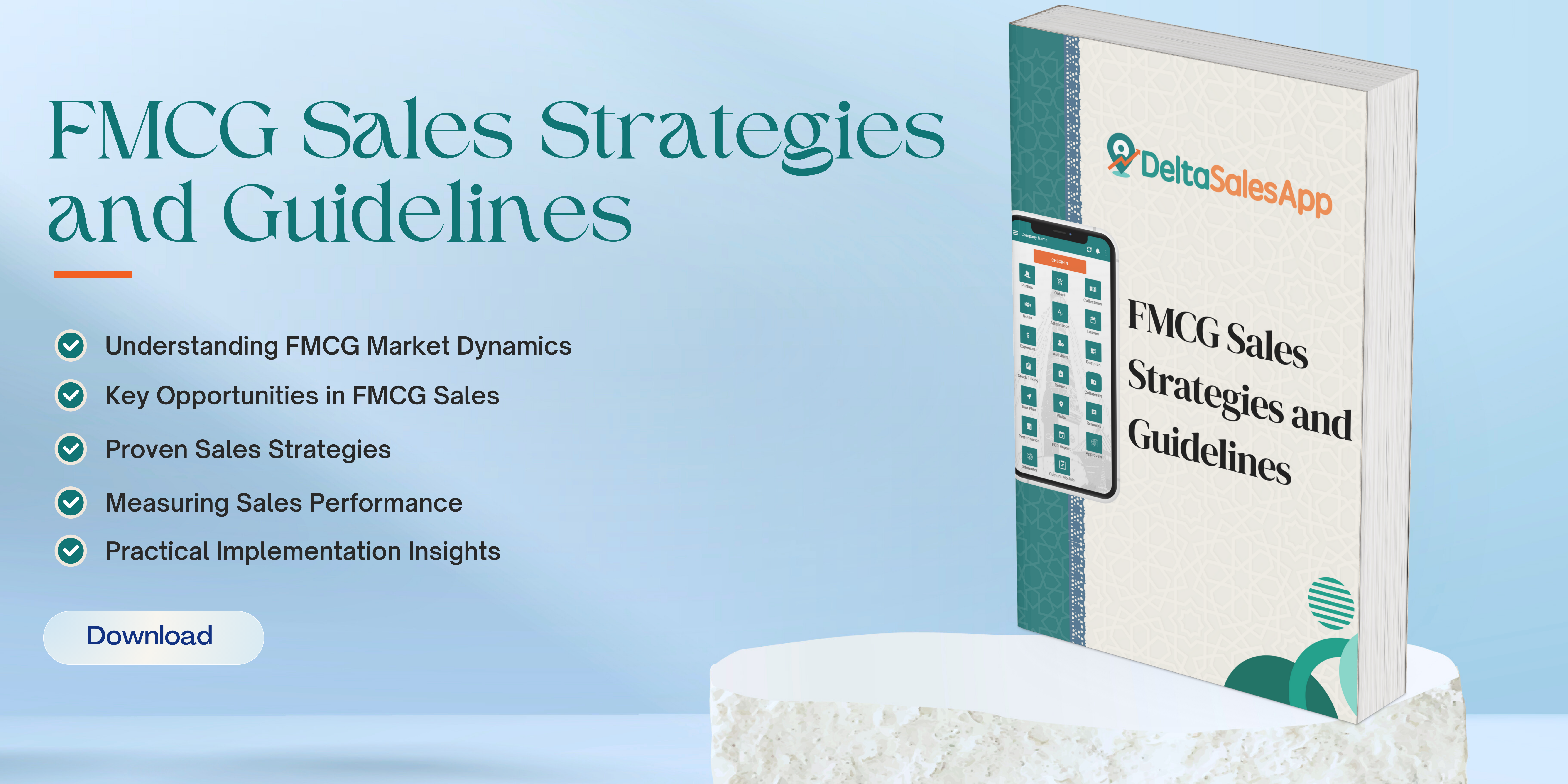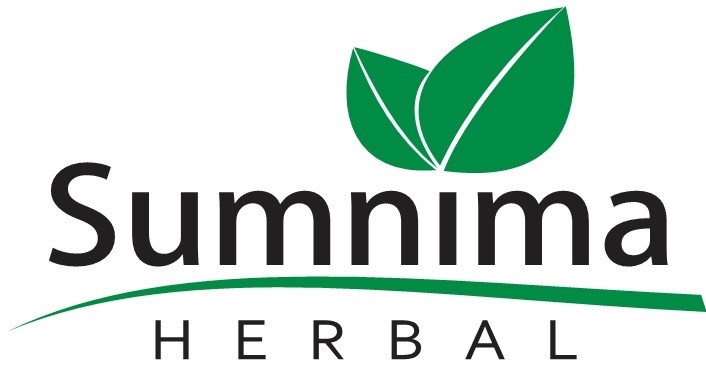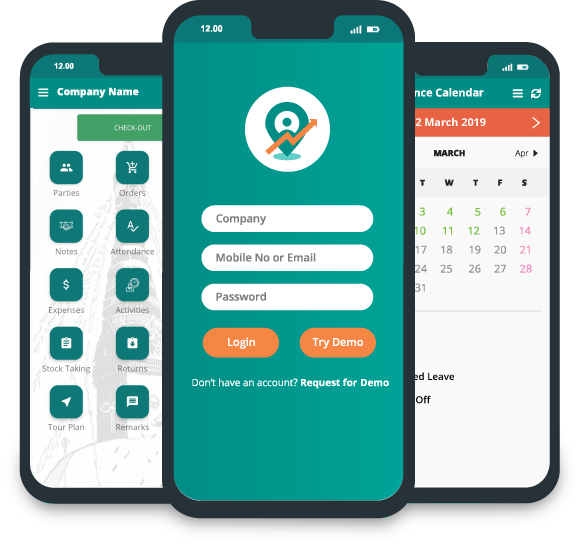Route Optimization
What is Route Optimization?
Route optimization is a critical feature that helps sales representatives or field agents efficiently plan and manage their visits to multiple locations, reducing travel time and costs while maximizing productivity.
Implementing route optimization involves using algorithms and tools to determine the best possible route for the sales team to follow, taking into account factors like distance, time constraints, traffic conditions, customer priority, and other logistical constraints.
Key Components of Route Optimization
Geolocation Integration:
The application uses GPS data or mapping APIs (like Google Maps, Mapbox, or OpenStreetMap) to determine the location of the sales representative and the destinations (customer sites).
Provides real-time mapping and turn-by-turn directions.
Optimization Algorithms:
Traveling Salesman Problem (TSP): A classic algorithm for determining the shortest possible route that visits each customer once and returns to the starting point.
Vehicle Routing Problem (VRP): This extends TSP to account for multiple agents (salespeople) and constraints like vehicle capacity or delivery time windows.
Dynamic Rerouting: The system recalculates optimal routes based on real-time data, such as traffic updates, weather conditions, or changes in the sales schedule.
Multiple Constraints:
Time Windows: Sales reps may need to visit customers within specific time slots.
Priority Customers: Some customers may require priority service or urgent visits.
Vehicle Capacity: If the application is also managing deliveries (e.g., product samples), vehicle capacity can be a constraint.
Travel Time/Distance Limits: Limits may be imposed on how far a salesperson can travel in a given period.
Route Planning and Scheduling:
Daily/Weekly Schedules: The system can optimize routes for daily or weekly schedules based on appointments, customer requests, or sales targets.
Round Trips or One-Way Routes: The app can plan for round trips or one-way routes, depending on the region's layout.
Multiple Stops: Efficiently handles multiple stops, considering factors like geographical proximity, customer preferences, and delivery windows.
Real-Time Data:
Traffic Data: Integration with traffic APIs to adjust routes for real-time conditions, such as road closures, accidents, or heavy traffic.
Weather Data: Weather conditions can impact driving times and affect the route.
Customer Availability: Real-time updates regarding customer availability (e.g., a customer might cancel or reschedule an appointment).
Mobile Application Features:
Offline Capabilities: Allows sales agents to continue using the app even in areas with poor internet connectivity.
Turn-by-Turn Navigation: Provides live navigation instructions to the field agents.
Task Management: Field sales agents can receive updates, track their progress, and complete tasks (like capturing customer signatures or sales data).
Integration with CRM: Syncs with the customer relationship management (CRM) system to pull customer data and provide insights into sales opportunities.
Performance Metrics and Reporting:
Route Efficiency: Metrics such as the total distance traveled, time spent on the road, and fuel consumption.
Sales KPIs: Track performance metrics for each route, like sales completed, orders delivered, or customer satisfaction.
Time Savings: Calculates time savings achieved by optimizing routes compared to traditional methods.
Benefits of Route Optimization
Increased Productivity:
Optimized routes enable sales agents to visit more customers in less time, increasing the number of successful sales calls.
Cost Savings:
Reduced fuel consumption and wear and tear on vehicles by minimizing unnecessary travel distances.
Better Customer Service:
Timely and efficient visits lead to improved customer satisfaction.
Prioritized and customized visits based on customer importance or urgency.
Enhanced Decision-Making:
Real-time data and analytics help management make informed decisions regarding field sales operations.
Time Management:
Sales agents can plan their day effectively, ensuring that they meet deadlines and don't waste time on inefficient routes.
Technologies Involved
GPS and GIS (Geographic Information Systems): For location tracking and mapping.
Machine Learning and AI: To improve route optimization with predictive capabilities, learning from past routes, and adjusting according to changes.
Cloud Computing: For storing and sharing route data, schedules, and customer information in real-time across the field sales team.
Conclusion
Route optimization in a field sales application enhances operational efficiency, customer satisfaction, and cost-effectiveness. By leveraging advanced algorithms and real-time data, businesses can ensure their sales teams make the most of their time in the field, ultimately boosting performance and profitability.






